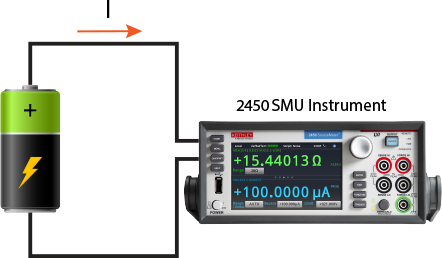Maximizing Battery Life of IoT Devices By Minimizing Load Current Draw
The Challenge of Measuring Low IoT Currents To maximize battery life, your product current draw must be kept to an absolute minimum. This requires that you use low power components and efficient techniques to de-energize components when they are not in use. You need sensitive measurement instrumentation to measure current levels as low as nA.
Contents
|
Maximizing Battery Life of IoT Devices By Minimizing Load Current Draw The Challenge of Measuring Low IoT CurrentsTo maximize battery life, your product current draw must be kept to an absolute minimum. This requires that you use low power components and efficient techniques to de-energize components when they are not in use. You need sensitive measurement instrumentation to measure current levels as low as nA. Determine the load current profileIt can be difficult to characterize the load current profile of a prototype IoT
To accurately capture these widely varying load current levels, you need an exceptional measurement solution that includes:
Keithley’s DMM7510 7½-digit Graphical Sampling Multimeter is well-equipped to meet these demands, as it offers:
Watch now to learn how to solve the IoT measurement challenges. Determine the Average Current of an IoT Device Simulate any battery typeHow low can the battery voltage drop before your IoT device turns off? Gauging battery performance at different stages of battery discharge is difficult, as it requires instrumentation that can accurately simulate battery performance. To address this, Keithley’s 2281S-20-6 Battery Simulator makes it easy to model any type of battery. It allows you to efficiently test prototype IoT devices in any battery state, with high repeatability to effectively estimate battery life. Combining a 2281S-20-6 Battery Simulator with a DMM7510 Graphical Sampling Multimeter will give you a complete solution for assessing power consumption and battery life of your IoT prototypes.
Program the battery simulator for any state of charge, such as near the completely discharged state, to determine how a product performs under a low battery condition and to determine the low battery shut-off voltage. Model any type of battery
Create any battery model. The final piece of the puzzle is to create a model for the battery that powers your IoT device. Keithley’s 2450 or 2460 Graphical SourceMeter® Source Measure Unit (SMU) instruments make it easy to create the model for the battery used by your product. A battery model-generating script operates the SMU instrument as a controlled current load and derives the model parameters.
|


